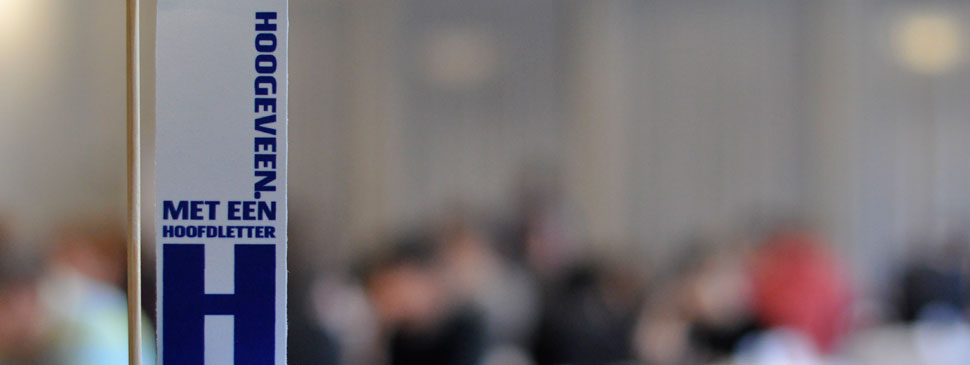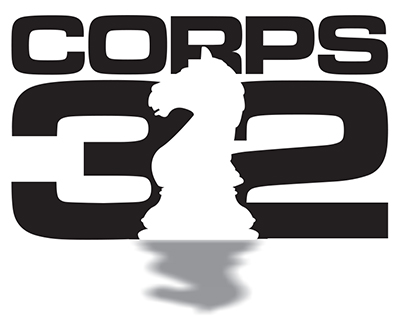The sixth round started promising. Your correspondent counted no less than four, maybe five Volga Gambits, as well as two early exchange sacrifices. But the real fireworks failed to occur.
Because the leaders Victor Mikhalevski and Andrey Vovk agreed a fairly quick draw, the winner of the duel on board 2 had the opportunity to level up with the two.
Beliavsky - Stocek
1.d4 Nf6 2.c4 c5 3.d5 b5
‘I play this maybe once a year’, said Stocek. ‘But since Beliavsky always goes for the principled lines, this seemed like a better choice than 2...e6.”
4.cxb5 a6 5.bxa6 g6 6.Nc3 Bg7
Avoiding the trodden paths, like Magnus Carlsen sometimes does in blitz tournaments.
7.e4 0–0 8.Nf3 Qa5 9.Nd2

‘This position we both saw for the first time’, suspected the black-bearded Czech.
9...Bxa6 10.Be2 d6 11.0–0 Nfd7
Aimed against the infamous plan with 12.a4 and 13.Nb5, which looks strong also in this position.
12.a4 Bxc3 13.bxc3 Qxc3 14.Ra3
Stocek thought 14.Ra2 was the alternative. Also in that case, best for Black seems to be 14...Bxe2 15.Qxe2 Ne5.
14...Qd4 15.Re1 Bxe2 16.Qxe2
Both players had already used up a lot of time here, but Beliavsky spent even more time on this move. For what happens if Black takes the pawn?
16...Ne5
16...Rxa4 17.Bb2 Qb4 18.Rb3 Qa5 19.Rb1 Qa6 appears to lead to some sort of balance, for example 20.Qe3 Rb4 21.Qh6 f6 22.Ra1 Ra4 (22...Qb5 23.Rh3 Rf7 24.Bc3 Ra4 25.Rb1=) 23.Rb1 Rb4 etcetera.
17.a5 Nbd7 18.Nf3!?

18...Qc4
Mikhalevski, who was kiebitzing along, proposed 18...Nxf3+ here. White has to take back with 19.gxf3 (19.Rxf3 Rxa5 20.Bb2 Qa4 and Black can always keep the door closed with ...f7–f6; or 19.Qxf3 Qb4 and 20...Rxa5) and then Black is somewhat better after 19...Rfb8.
19.Nxe5 Nxe5 20.f4 Qxe2 21.Rxe2 Nc4 22.Ra4 Nb6

‘I was ready to make a draw here’, said Stocek. ‘But of course Beliavsky played on. He’s really an uncompromising player.’
23.Ra1 Ra6
Slight time-trouble. Possibly 23...Rfb8 was better. White can oppose with 24.Rb2.
24.Rea2 Nd7 25.Rb1 Rfa8 26.Bd2 f5 27.exf5 gxf5
Even 27...Nf6 was worthy of consideration, but the text move is not a problem either. It’s a real Volga, where Black has a lot of flexibility and a lot of resources.
28.Bc3 Kf7 29.Re2 Nf6 30.Bxf6 Kxf6 31.Rb7 Re8
‘An ugly move’, thought Stocek, ‘but it’s good enough.’
32.Re6+ Kf7 33.h3 Rxa5 34.Rxd6 Ra4 35.Rh6 Kg7 36.Re6 Rxf4 37.Rbxe7+ ½–½

Jiri Stocek | Photo: Peter Doggers
Michael Roiz drew even with this twosome with a solid endgame victory over Sipke Ernst. Bartek Heberla also reached 4.5 points after a nerve-racking duel with Arno Bezemer. The latter seemed to have a good position, but in an opposite-coloured bishops ending he lost due to a weak h-pawn. Oleg Romanishin also reached shared third place with an endgame win over Vijay Pranav. Winning was even harder for the experienced player from Lviv; he is complaining that he doesn’t play well in Hoogeveen. In his games especially the drawing margins seem to be large. But for the moment he’s a contender. The same goes for Sergey Kasparov and the Canadian grandmaster Eric Hansen, who hit back hard after his morning defeat at the hands of Andrey Vovk. Though he did falter at a certain point.
Hansen - Antoli Royo

Black hasn’t had any counterplay for a long time. Now Hansen goes for the kill:
32.g3! Nxh3+ 33.Kg2 f5!?
But this was a bit of a shock. ‘I was really angry at myself that I hadn’t seen this’, said Hansen. ‘And even though I knew that Qd3 had to be winning all the time, I reacted instantly. Yesterday the same happened. I really have to do something about my play in such good positions.’
34.exf5?
34.Qd3! wins the knight, since Black cannot protect the bishop on h6 with 34...Kh7 on account of 35.exf5.
34...g4 35.Qd3 Bxd2
A good way to fish in troubled water was 35...e4! 36.Qxe4 Bxd2 37.f6! (after 37.Nxd2 Re8 38.Qd3 Qe7 Black’s position is a lot better than it was in the past few hours) 37...Ng5 38.Qg6 Qxd5+ 39.Kf1 Qf7 (only move; 39...Rd7 40.Rd1) 40.Nxd2 Qxg6 41.Bxg6 Ne8 42.Ne4 Nxe4 43.f7+ and with an exchange up in the endgame, White wins.
36.f6!
Now White should crash through.
36...Ne6

37.Qxd2
This suddenly gives Black a chance. Houdini gives 37.Qg6+ Kf8 38.Kh2 Nd4 (38...Qxd5 39.Qh7!) and now White has to enter some wild complications: 39.Nxd6! Nf3+ (39...Rxd6? 40.Ra8+) 40.Kh1 Nxf2+ 41.Kg2 Nh4+ 42.Kxf2 Nxg6 43.Nxb7 Rb8 44.Bxg6 and White remains a piece up.
37...Nd4?
After 37...Neg5! Black has had the worst. White can still try 38.Bg6, for example 38...Qxb3 39.Ne3 Rf8 40.Qa2 Qxa2 41.Rxa2 and because of the threat 42.Bxh5 and 43.Bxg4, winning a piece, Black has to play something like 41...Nh7.
38.Be4 Nxb3 39.Qh6 Nxa1 40.Ne3
The immediate 40.Bf5! was also possible: after 40...Qxd5+ 41.Kh2 mate is inevitable.
40...Rd7 41.Bf5
And Black resigned.

 .
. 






















